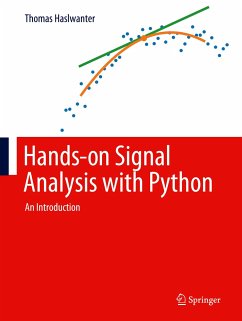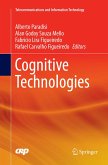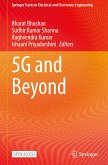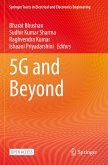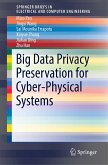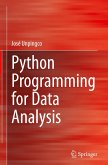This book provides the tools for analyzing data in Python: different types of filters are introduced and explained, such as FIR-, IIR- and morphological filters, as well as their application to one- and two-dimensional data. The required mathematics are kept to a minimum, and numerous examples and working Python programs are included for a quick start. The goal of the book is to enable also novice users to choose appropriate methods and to complete real-world tasks such as differentiation, integration, and smoothing of time series, or simple edge detection in images. An introductory section provides help and tips for getting Python installed and configured on your computer. More advanced chapters provide a practical introduction to the Fourier transform and its applications such as sound processing, as well as to the solution of equations of motion with the Laplace transform. A brief excursion into machine learning shows the powerful tools that are available with Python. Thisbook also provides tips for an efficient programming work flow: from the use of a debugger for finding mistakes, code-versioning with git to avoid the loss of working programs, to the construction of graphical user interfaces (GUIs) for the visualization of data. Working, well-documented Python solutions are included for all exercises, and IPython/Jupyter notebooks provide additional help to get people started and outlooks for the interested reader.

